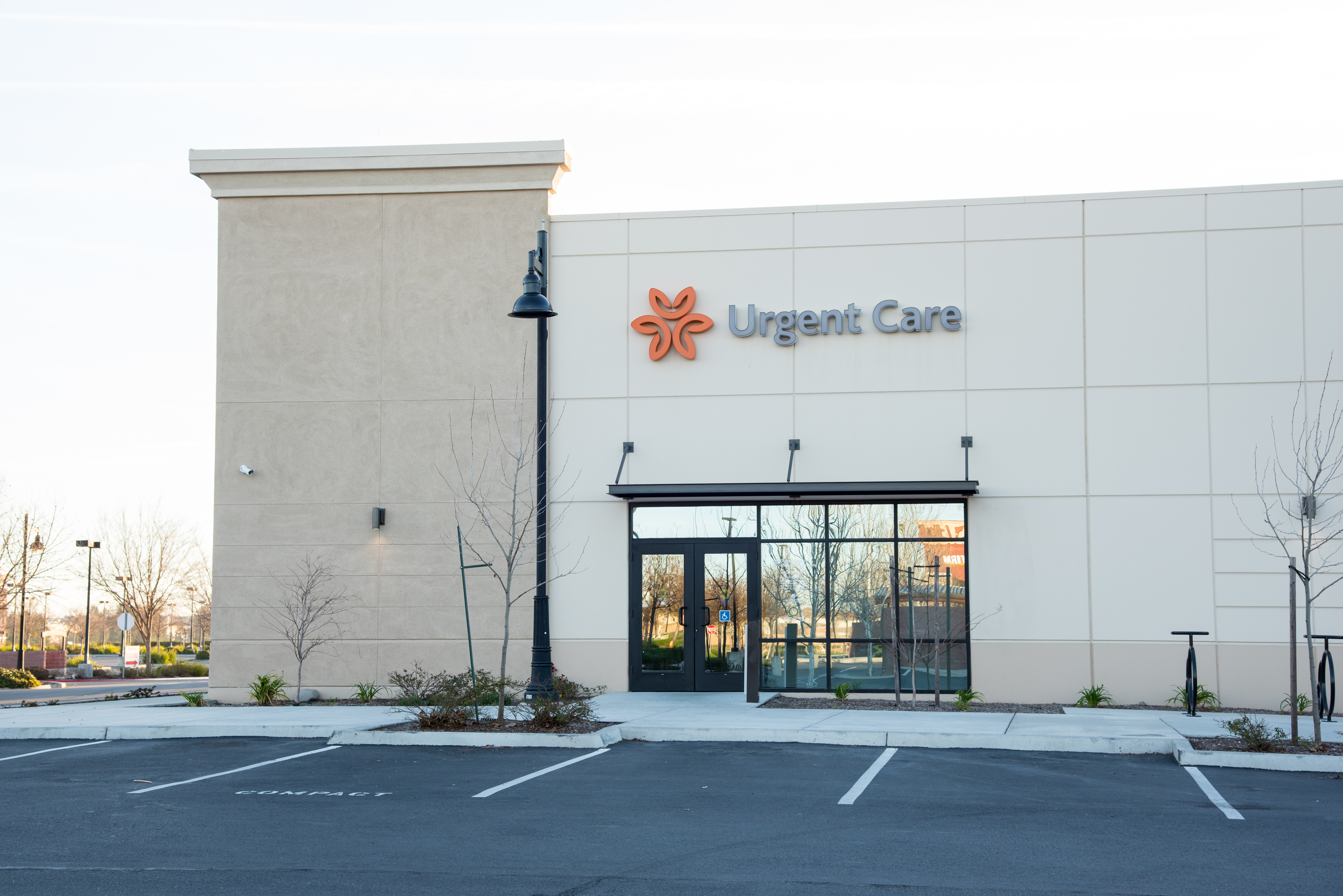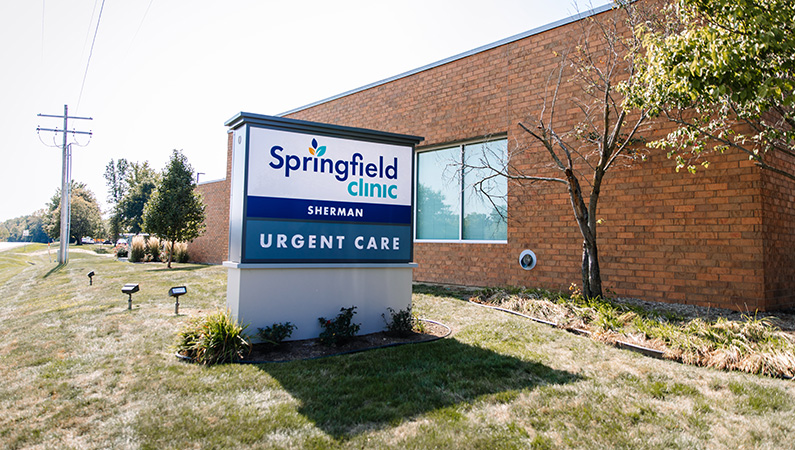The Ultimate Overview to Comprehending Urgent Care Clinics
The Ultimate Overview to Comprehending Urgent Care Clinics
Blog Article
The Relevance of Urgent Treatment Centers in Connecting the Void Between Health Care and Emergency Services
Immediate care facilities have arised as an essential part of the medical care landscape, efficiently dealing with the critical need for prompt medical focus without resorting to emergency situation services. The advancing role of immediate care centers raises vital concerns regarding their integration within the more comprehensive healthcare system and the implications for person outcomes and source allowance.
Overview of Urgent Care Centers
Urgent care centers have come to be an important component of the healthcare delivery system, offering accessible medical services for non-life-threatening conditions. These centers commonly operate outdoors conventional workplace hours, offering individuals a choice to emergency clinic and main care settings. Individuals seeking immediate care typically present with concerns such as small injuries, infections, or diseases that require punctual interest yet do not present an immediate threat to life or limb.
Immediate care facilities are staffed by a variety of health care experts, consisting of physicians, registered nurse experts, and medical professional aides, who are geared up to diagnose and deal with various clinical worries. They usually include diagnostic devices such as X-ray equipments and research laboratory solutions, allowing them to supply thorough care on-site.
The establishment of immediate care centers has been influenced by the enhancing demand for prompt clinical solutions in a fast-paced society, where patients might battle to protect visits with health care providers. As a result, these centers intend to relieve blockage in emergency situation departments, boosting general medical care effectiveness. Furthermore, urgent treatment facilities often work as a bridge between health care and emergency situation services, ensuring that individuals get ideal care tailored to their particular clinical demands.

Benefits of Urgent Care Provider
Accessing prompt clinical treatment is a substantial advantage of immediate treatment solutions. These centers give instant focus for non-life-threatening problems, efficiently decreasing wait times compared to standard emergency divisions. Patients seeking take care of small injuries, diseases, or urgent health and wellness problems can get therapy without the long delays frequently related to healthcare facility sees.
An additional secret advantage is the extended hours of operation. Several urgent care centers are open evenings and weekends, accommodating patients that may not have the ability to see their health care supplier during standard workplace hours. This flexibility makes immediate care an easily accessible option for those with busy routines or unexpected health concerns.
Moreover, immediate treatment facilities commonly provide a wide variety of services, including diagnostic testing, X-rays, and standard laboratory services. This comprehensive technique permits quick diagnosis and treatment, enhancing person satisfaction.
Additionally, urgent treatment centers are typically much more affordable than emergency clinic, making them an attractive option for individuals without insurance policy or those with high-deductible plans. In general, urgent treatment solutions play an important duty in supplying available, timely, and inexpensive treatment.
Contrast With Health Care
Usually, individuals often weigh their choices in between immediate care centers and health care service providers when looking for clinical attention. Both serve necessary functions in the medical care system, yet they differ dramatically in ease of access, extent, and price.
Medical care providers are typically the first point of contact for individuals, concentrating on long-lasting health and wellness management, preventive care, and chronic disease administration. They offer connection of care, cultivating a patient-provider partnership that enables detailed health and wellness analyses and individualized treatment plans. Scheduling a visit can be taxing, commonly needing days or weeks in development. Urgent Care.
On the other hand, immediate treatment facilities give instant look after non-life-threatening conditions that call for prompt focus, such as small injuries or infections. These facilities frequently operate beyond typical workplace hours, suiting patients who might not have the ability to visit their medical care service provider during routine service times. Additionally, immediate care is typically more economical than emergency space gos to, making it an appealing option for those with minimal healthcare gain access to.
Ultimately, while immediate treatment facilities and main care companies both add to client wellness, they satisfy unique needs, making it important for patients to figure out which option finest straightens with their circumstances.
Emergency Situation Solutions Interaction
The communication in between urgent treatment facilities and emergency situation solutions is an essential element of the healthcare landscape, especially when clients encounter scenarios that might intensify in intensity. Immediate care facilities act as a bridge in between health care and emergency departments, addressing non-life-threatening problems that require prompt attention. This cooperation enhances client outcomes and enhances source appropriation within the health care system.
When individuals provide with not serious yet urgent problems, immediate treatment facilities can successfully manage their requirements, easing congestion in emergency situation rooms. Facilities geared up with analysis capabilities can facilitate prompt referrals to emergency situation services when a client's problem surpasses the extent of urgent care therapy. This seamless interaction aids guarantee that patients receive the ideal level of care without unneeded hold-ups.
Moreover, efficient communication in between urgent care suppliers and emergency situation services is vital. Sharing patient details and therapy backgrounds fosters collaborated care, click to read more decreasing the danger of repetitive tests and procedures. As medical care continues to develop, the vibrant connection in between immediate care facilities and emergency services will certainly play a critical role in enhancing client care effectiveness, fulfillment, and general health and wellness end click now results within the community.
Future of Urgent Care Facilities
As healthcare needs progress, the future of immediate care facilities is positioned to become significantly essential to the total medical ecosystem (Urgent Care). These facilities are most likely to broaden their roles by incorporating sophisticated innovations, such as telemedicine, artificial knowledge, and digital health record combination. This will certainly improve patient accessibility and simplify treatment sychronisation in between urgent care, health care, and emergency situation solutions
Furthermore, immediate treatment facilities are expected to diversify their service offerings to consist of preventative treatment and chronic illness administration. This shift will position them as crucial parts in managing population wellness, lowering the worry on emergency departments, and dealing with gaps in medical care schedule.
The expanding fad of value-based treatment will further increase the change of immediate care centers, triggering them to concentrate on person results and satisfaction. Facilities may additionally embrace collaborative technique designs, working closely with professionals and medical care carriers to make sure detailed individual administration.
Conclusion
Finally, urgent care facilities offer an important feature in the healthcare system by offering prompt accessibility to treatment for non-life-threatening conditions, properly easing stress on emergency situation services. Their expanded hours and varied variety of solutions boost individual comfort and fulfillment, while also guaranteeing appropriate treatment delivery. As healthcare requires remain to advance, the weblink duty of urgent care centers will likely come to be significantly significant, more connecting the void in between medical care and emergency services.
The establishment of urgent treatment facilities has been influenced by the increasing need for prompt clinical services in a busy culture, where people might have a hard time to safeguard consultations with key care carriers. Furthermore, immediate treatment centers typically serve as a bridge in between key care and emergency situation services, guaranteeing that patients get ideal care customized to their details clinical demands.
Several immediate treatment facilities are open nights and weekend breaks, accommodating patients that might not be able to see their primary care supplier during common office hours (Urgent Care). As medical care continues to progress, the dynamic relationship in between immediate treatment centers and emergency services will certainly play a pivotal duty in enhancing person treatment effectiveness, fulfillment, and general health results within the area

Report this page